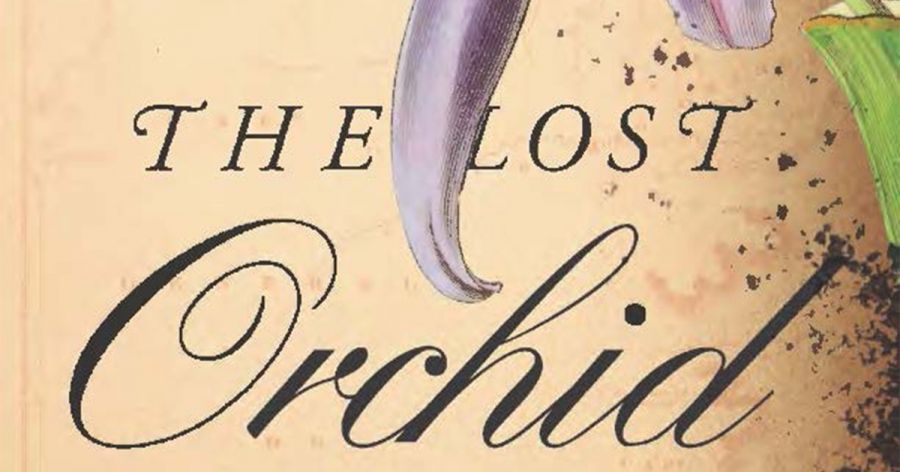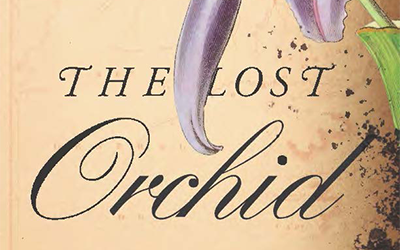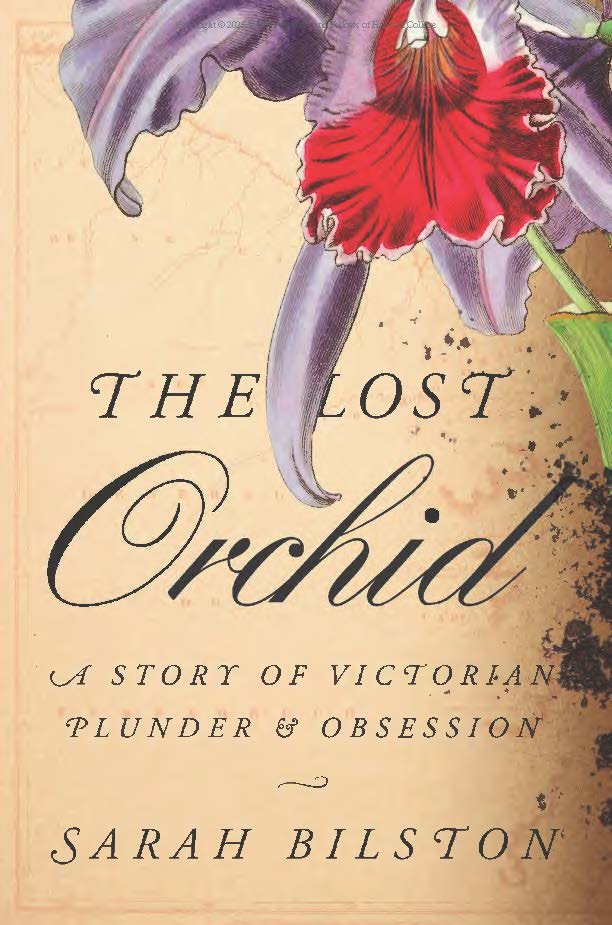
- Free Article: No
- Contents Category: Natural History
- Review Article: Yes
- Article Title: Stamens and pistils
- Article Subtitle: Written on the orchid
- Online Only: No
- Custom Highlight Text:
It is hard to explain the special place that orchids occupy in our hearts and imaginations. Their attraction can’t be solely attributed to their strange form, longevity, or apparent scarcity, since there are many other flowers equally blessed that are not treated with the same passionate intensity and reverence. For some reason, orchids have become imbued with some kind of mystery, desire, and exoticism that has less to do with anything intrinsic about their biology or appearance and everything to do with the stories, myths, and legends that have been created around them.
- Featured Image (400px * 250px):

- Alt Tag (Featured Image): Danielle Clode reviews ‘The Lost Orchid: A story of Victorian plunder and obsession’ by Sarah Bilston
- Book 1 Title: The Lost Orchid
- Book 1 Subtitle: A story of Victorian plunder and obsession
- Book 1 Biblio: Harvard University Press, £24.95 hb, 390 pp
- Book 1 Cover Small (400 x 600):

- Book 1 Cover (800 x 1200):

- Book 1 Readings Link: https://www.readings.com.au/product/9780674272606/the-lost-orchid--sarah-bilston--2025--9780674272606#rac:jokjjzr6ly9m
It is this literary construction that most interests Sarah Bilston, an English literature professor and novelist whose previous work has focused on woman and suburban life, particularly from the Victorian period. In The Lost Orchid, Bilston shifts interest into the often male-dominated history of science, exploration, colonialism, and plant collecting. Bilston’s interest in the ‘lost’ crimson or ruby-lipped orchid Cattleya labiata is not so much on the plants or flowers themselves, but in how people have written about them and how this particular species became such an ardently desired specimen.
The association of flowers with desire and attraction was popularised by the sexual system of taxonomy proposed by Carolus Linnaeus, which divided plants by their stamens and pistils, often using erotic or romantic metaphors. Such scientific models cannot be held entirely responsible for the particular association of orchids with sexual desire and women in the late eighteenth and nineteenth centuries. In fact, the construction of this particular mythology seems to have had as much to do with commerce and class as it did with science.
Bilston aptly documents the often chaotic absurdity of pre-professional British science of this period, when opportunities for many relied on the whims of wealthy patrons such as Joseph Banks, or risky and unstable commercial ventures such as plant nurseries or publishing. This history of science is interwoven with the equally influential history of commerce and class.
Bilston does a fine job of illustrating the financial, scientific, and cultural struggles that capable and talented working-class men like William Swainson and John Lindley faced in finding and documenting this particular ‘lost’ orchid. Their writing – private and published – reveals both the difficulties of the work they undertook, but also the difficulties of presenting themselves as suitable men for investment and employment. As a self-funded collector, for example, Swainson was anxious to achieve some level of fame and notoriety from his first collecting trip to South America. His published ‘Sketch’ of his journey is therefore both vague on details and detailed on numerical achievement. Bilston is fascinated by the difference between this highly promotional public document and the more nuanced and revealing details of his private journals.
The significant outcome of Swainson’s journey, at least for the purposes of this book, is that he sent home the root which would eventually produce a spectacular pink orchid, now known as Cattleya labiata. This beautiful and highly variable species was also the first of its genus to be grown in Europe, a South American group which is now known to include more than one hundred species that flower in a great variety of shapes and colours. The extraordinary diversity of this genus, even within species, and the readiness with which many species hybridise would cause significant issues for plant collectors and taxonomists for decades and generate ongoing controversy over the loss, and repeated ‘rediscoveries’ of this particular species and its true identity.
Such issues of scarcity and distinctiveness naturally play a major role in any kind of ‘collecting’ economy and also create unexpected pressures as to how science classifies – or lump and splits – different species.
Bilston’s analysis of the source material reveals intriguing insights into the different ways people present themselves and events in their correspondence – from self-promoting public personas to anxious and irritable private letter writers. While much of the published material around orchids seemed pitched around the language of science and discovery, this diverse counter-narrative often reveals the commercial imperative behind this work. Similarly, the language of plant catalogues reveals not only commercial but also imperialist and nationalistic agendas, while the fictional depiction of orchids either reflects or magnifies the growing emotional resonance of their subjects.
Nor are such narratives restricted to text. Illustrations also often had a surprisingly big impact on the advancement (and popularity) of the biological sciences. Just as John Gould’s beautifully illustrated books of Australian birds and mammals created a flush of newly ‘named’ species and awareness of their distinctive beauty, so too did the many illustrated plant catalogues of the time for orchids, fuelling their ever-growing popularity.
Bilston’s analysis, contrasting the functions of different historical texts within this absorbing account, invites us to challenge and reflect on the purpose of these documents beyond the messages their authors may have hoped to convey. The automatic privileging of written, published history is an ongoing problem for modern culture wars. Unpicking the complexity of the record is a powerful way of illustrating the point that history is as much about what isn’t said, as what is.
Taking Bilston’s lesson to heart, the literary approach also invites us to apply this methodology to her own text. In presenting her material, Bilston positions herself as an authority, an academic expert who relates her discoveries about the material and advises the reader as to the conclusion they might draw. To a certain extent, this academic persona inserts itself, creating a distance between the reader and the material. A narrative writer, by contrast, might seek to efface the author’s explicit presence by presenting the evidence without interpretation and allow the reader to reach their own conclusions, thereby generating a closer emotional engagement. None of this detracts from a finely researched account of a fascinating period in scientific history that will appeal to lovers of orchids, exploration, and Victoriana.


Comments powered by CComment